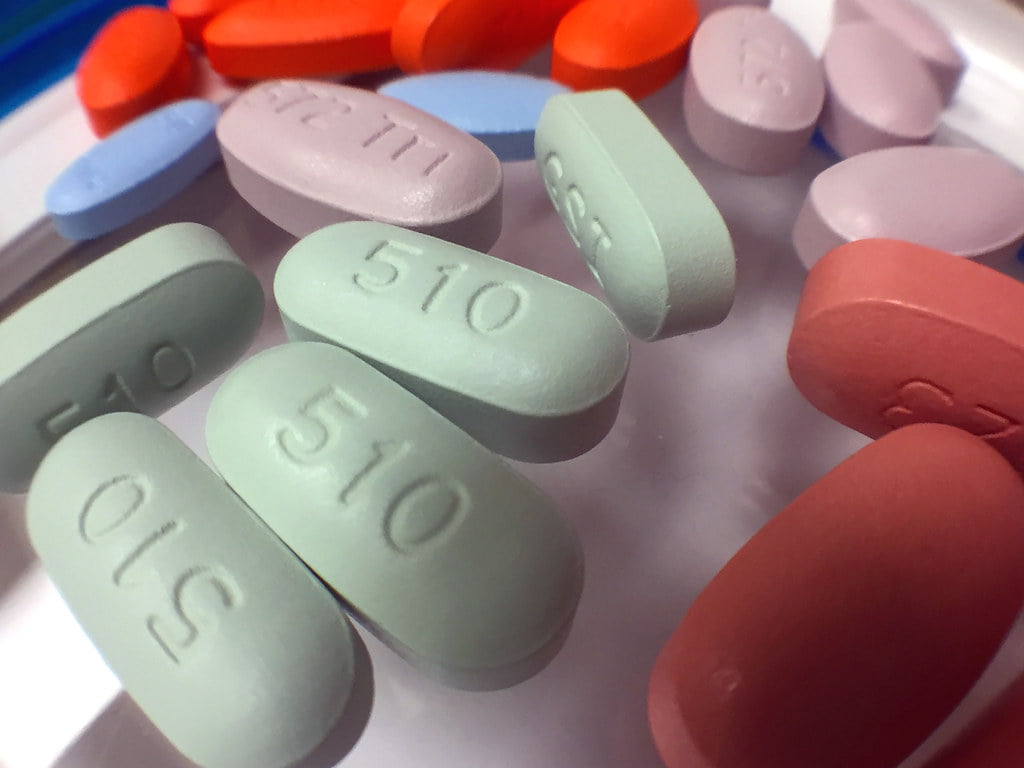New data out of the United Kingdom offer some reassuring news regarding the clinical impact of non-integrase mutations on HIV treatment outcomes among recently diagnosed people starting integrase inhibitor-based therapy. They also help reinforce recommendations regarding the best ways for us to monitor for, and adjust to, the risk for antiretroviral drug resistance in a range of clinical settings.
Highlighted Study Population and Methods
This study analyzed samples from 1,106 people in the United Kingdom who had recently acquired HIV-1. Recent infection (within six months) was defined using the UK RITA algorithm; RITA excludes those already on treatment at sampling.
Whole-genome sequencing was performed on pre-treatment plasma samples obtained between 2015 and 2021, and these sequences were linked to clinical data. The analysis focused on non-integrase regions and mutations previously implicated in integrase strand transfer inhibitor (INSTI) resistance: Env (Y61H, A539V), Gag-NC (N8S), and 3’ polypurine tract (3’PPT c9053t).
Of the participants, 375 (34%) started an INSTI-based antiretroviral therapy (ART); 337 (90%) were men, median age was33 years, and 196 (52%) had subtype B infection. Median number of viral load (VL) measurements in 24 months after ART start was four. Evaluated endpoints were time to viral suppression and occurrence of viral load blips.
Key Findings
-
Prevalence of non-integrase mutations:
-
No significant effect of mutations on virological outcomes.
-
No statistically significant association between these individual non-integrase mutations and time to viral suppression.
-
No significant associations were found between these mutations and time to viral blip.
-
-
Accessory INSTI resistance mutations were found more frequently in viruses that also harbored Env A539V, suggesting potential interactions related to the accumulation of integrase resistance.
-
Clinical outcomes were good overall.
Read an expert analysis from Benjamin Young, M.D., Ph.D. at TheBodyPro.
